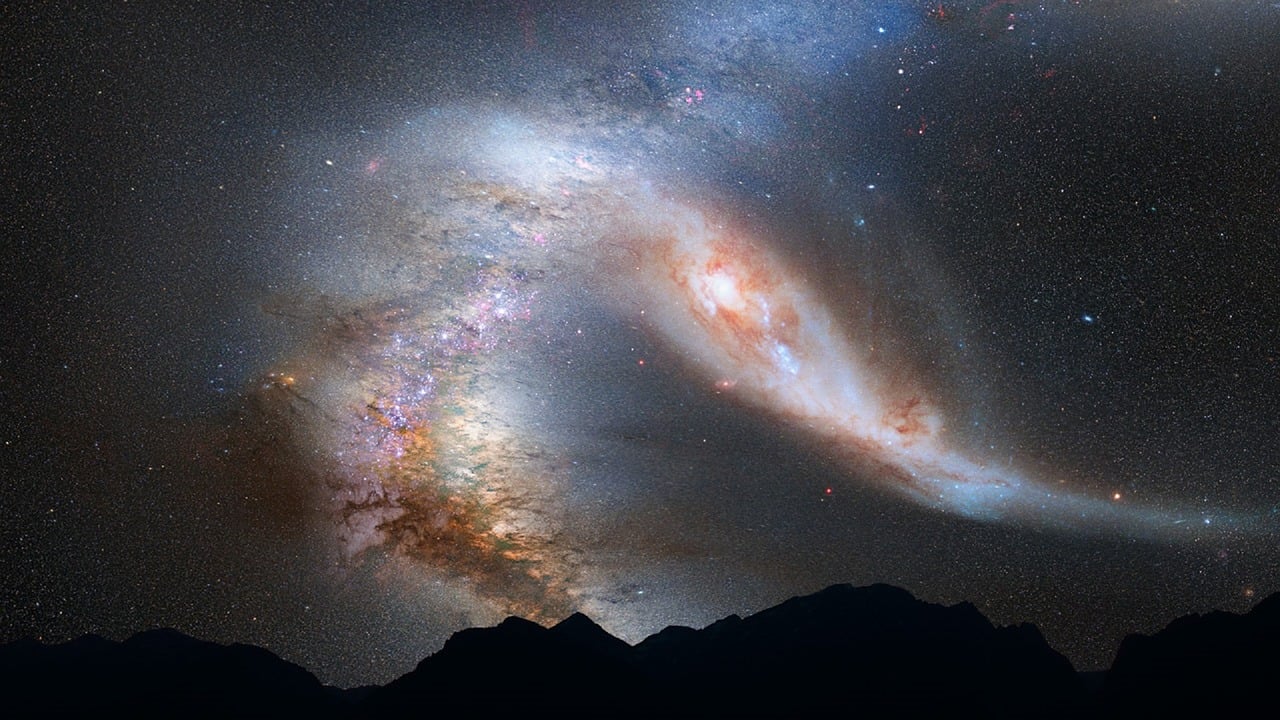Measuring the growth of the universe, is extremely difficult. However, a group of astronomers has successfully made a measurement of the rate at which the universe is expanding, likely the most precise measurement ever made. However, their measurements are different from other researchers’ results, which is a mystery to all, as if there is something about the universe that scientists don’t really know about and are incapable of predicting.
“The community is really grappling with understanding the meaning of this discrepancy,” Adam Riess, the lead researcher, said in a statement.
The team consists of researchers from John Hopkins University and the Space Telescope Science Institute. They were researching the universe using the Hubble Space telescope throughout the last six years. They used the measurements to calculate the rate at which the universe is expanding with time. This constant is dubbed as the Hubble constant.
The Planck satellite of the European Space Agency made its own measurements, mapping the cosmic microwave background, and predicted that the Hubble constant value should be 67 kilometers per second per megaparsec. In short, for every 3.3 million light-years farther a galaxy is away from us, the movement is 67 kilometers per second faster.
However, Riess’ team measurements opposed those of the Planck satellite, measuring 73 kilometers per second per megaparsec. Those results suggest that the galaxies are moving at a faster rate, compared to earlier measurements.
Data from the Hubble telescope has always been the most accurate, to the point that the astronomers can’t dismiss or ignore the gap between the two results as errors in the method of the measurements.
“Both results have been tested multiple ways,” said Riess, a professor at Johns Hopkins and also a co-winner of the Nobel Prize in 2017, after the discovery of the accelerating universe. “Barring a series of unrelated mistakes, it is increasingly likely that this is not a bug but a feature of the universe.”
Riess suggests several explanations as to why it came to a mismatch. He believes that the error emerged due to the 95% of the universe being surrounded iin darkness. He believes that one reason could be that the dark energy, which has already been known to be the reason behind the acceleration of the universe, might be moving galaxies away from each other, at a greater strength. If this is the right explanation, then the acceleration is not a constant value, but changes with time, instead.
Also, he hints at a previously unknown subatomic particle, which is almost as fast as light. Particles with such speed are called “dark radiation” and include particles like neutrinos, created through nuclear reactions and radioactive decay. However, the new suggested particle could only be affected by gravity, unlike normal neutrinos which interact with subatomic force. The new particle is referred to as a “sterile neutrino.”
Riess and his team will continue working on measuring the growth of the universe and making the universe’s expansion rate more accurate. Their findings will appear in the Astrophysical Journal. Riess’ and his team’s work is supported by NASA, the National Science Foundation, and other funders.





